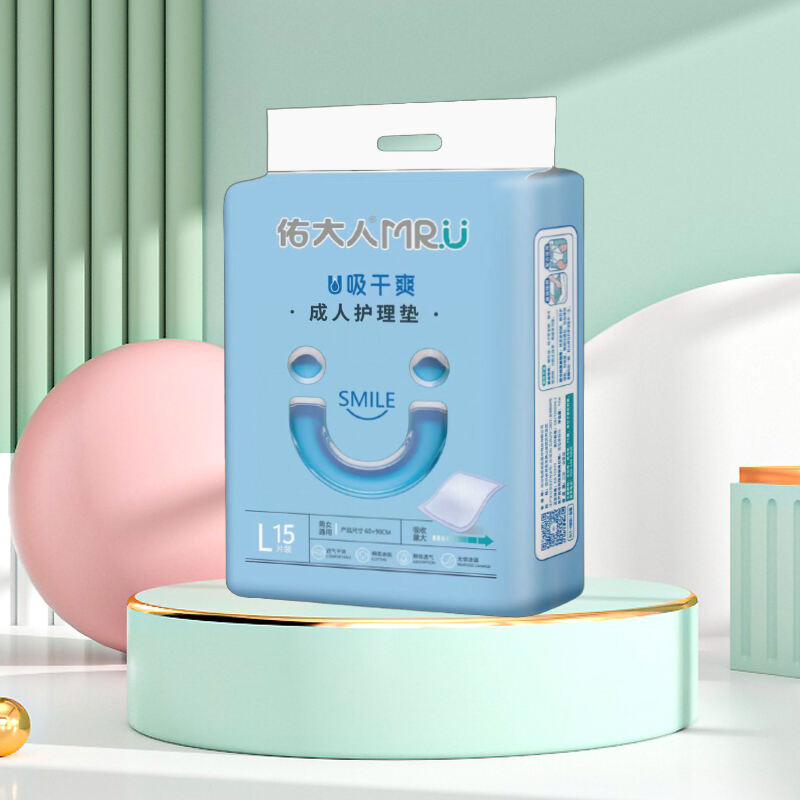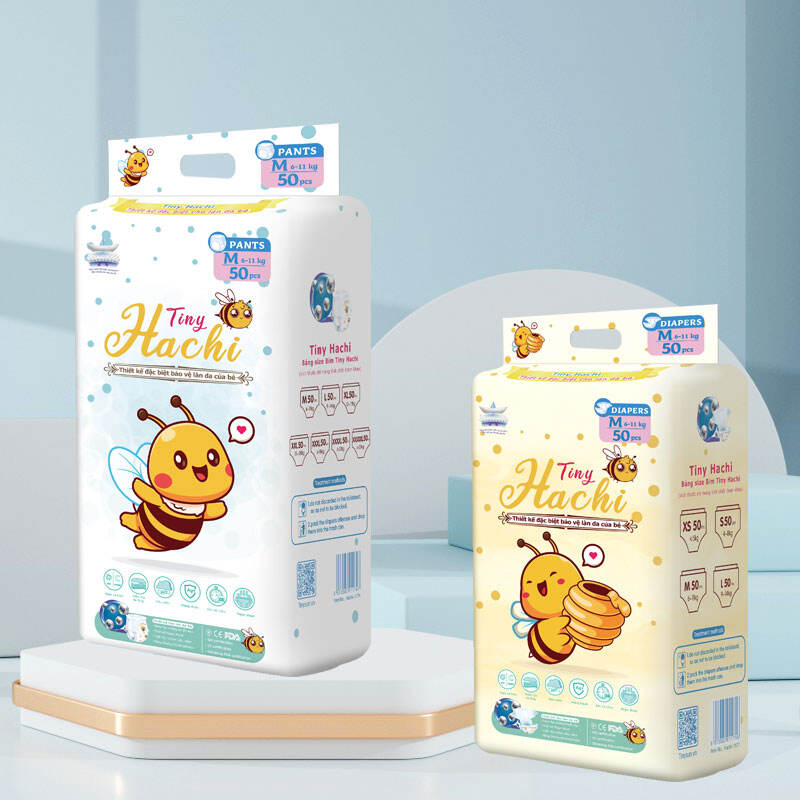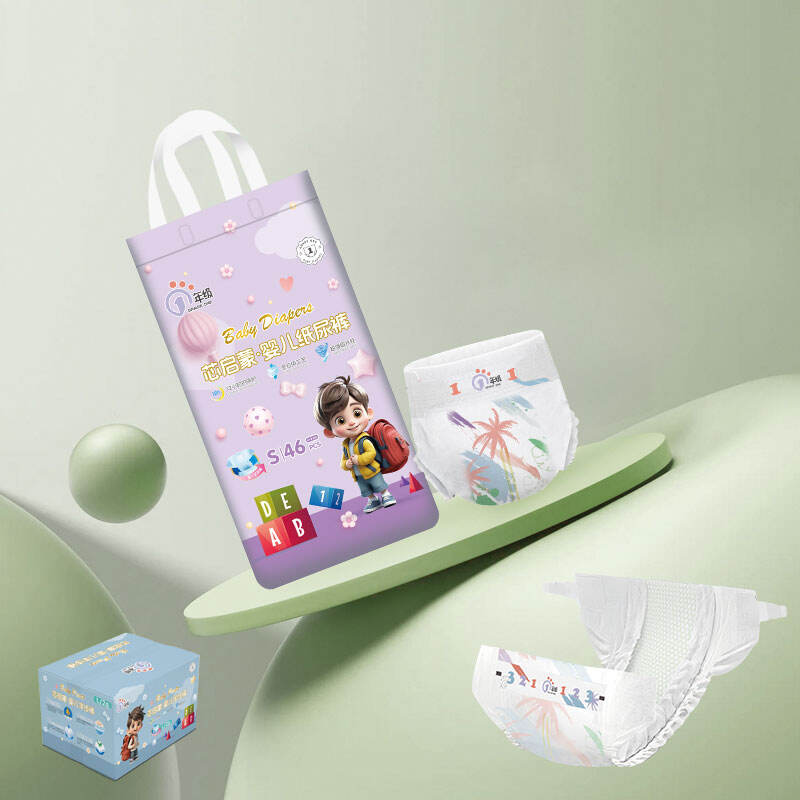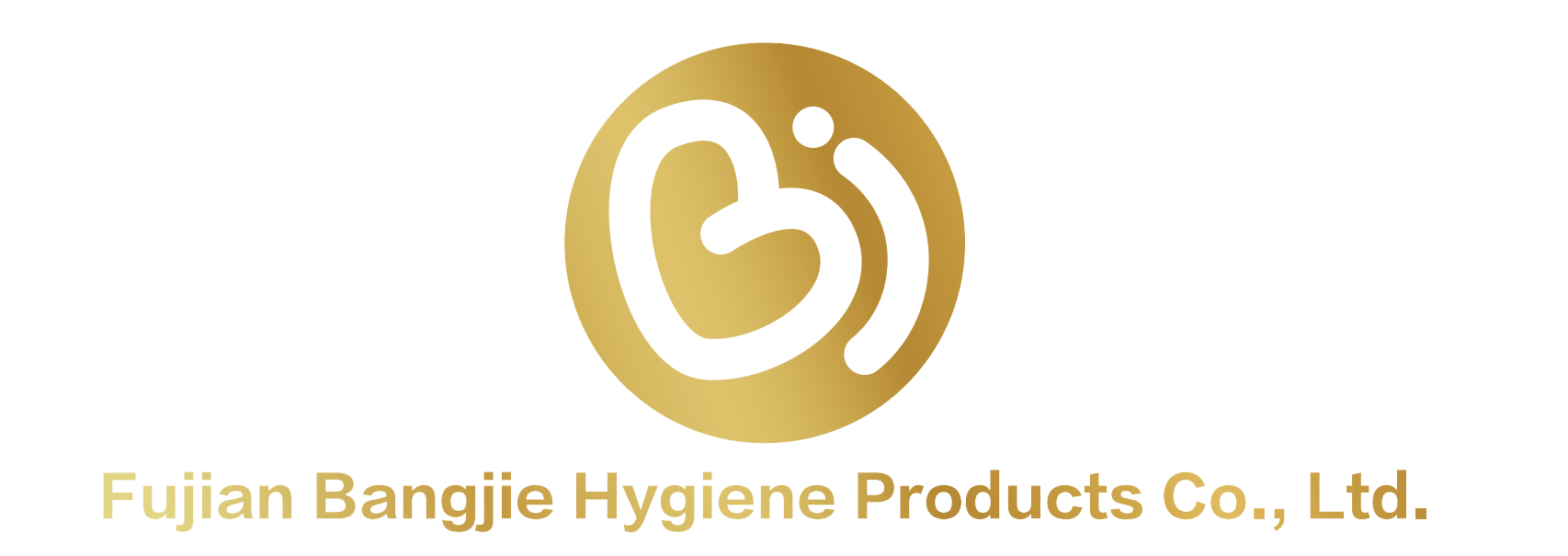Keep Your Baby's Skin Happy & Healthy: Expert-Approved Diaper Tips and Top Picks for 2025
Understanding Your Baby's Skin Needs
Baby skin can be significantly more sensitive than adult skin, often requiring special attention and consideration. This delicate skin is notably thinner, which makes it more susceptible to irritation and changes in environmental conditions. The unique pH balance of baby skin further accentuates its vulnerability, necessitating gentle and carefully selected skincare products. Understanding this sensitivity is essential to prevent common skin issues such as eczema, dryness, and rashes.
Common issues faced by babies include eczema, dryness, and rashes, which can be exacerbated by environmental factors or unsuitable products. Eczema often appears as a red, itchy rash, primarily on the face and scalp, but also at the elbows and knees. Dryness and rashes can also result from exposure to harsh chemicals, detergents, or unsuitable fabrics. By recognizing and understanding these conditions, parents can take proactive steps in customizing skincare routines that cater to the unique needs of their baby's sensitive skin.
Best Diaper Tips for Baby Skincare
To maintain your baby's healthy skin, it's essential to follow effective diapering practices. First and foremost, change diapers frequently. For newborns, this might mean every 2-3 hours, even if it means disrupting your sleep. Regular diaper changes are crucial in preventing moisture buildup, which is one of the primary causes of diaper rashes. Moist environments can support the growth of bacteria and fungi, increasing the risk of irritation.
Choosing the right diaper size is equally important. Diapers that fit properly help reduce leaks and provide better airflow, promoting drier skin. A proper fit ensures that the diaper isn't too tight, which can otherwise lead to chafing and irritation, or too loose, which can result in leakage and prolonged skin contact with moisture.
The application of diaper cream generously cannot be understated as a preventive measure. Barrier creams or diaper rash ointments create a protective layer that guards against moisture and friction, two significant contributors to diaper rash. Applying a thick layer during every diaper change, especially before bedtime, provides extra protection when your baby is likely to wear the same diaper for longer periods.
Additionally, allocating diaper-free time is advantageous. Allowing your baby some time without a diaper can help the skin breathe and lower the chance of rashes. During this time, engage your baby in activities on a clean, absorbent surface to ensure no accidents cause further mess. Even just a few minutes can significantly benefit your baby, promoting skin health by allowing it to dry thoroughly between changes.
Top Products for Keeping Your Baby's Skin Happy
When it comes to keeping your baby's skin happy and rash-free, choosing the right products is crucial. Here's a look at some top options:
Adult Nursing Pads: For breastfeeding mothers, managing leaks during feeding is vital for comfort and hygiene. Adult Nursing Pads are specifically designed to absorb any excess moisture, minimizing skin contact and providing a comfortable and dry nursing experience.
Tiny Diaper Type / Pants Type: For infants, mobility and comfort go hand in hand with protection against leaks. The Tiny Diaper Type or Pants Type offers a snug fit, ensuring that your baby can move freely while staying dry. This product is suitable for children from birth to 23 kg and can adapt to various sizes from NB to XXXL.
Year Diaper Type: As toddlers grow, they need more absorbent options that fit their larger bodies. The Year Diaper Type ensures that even the most active toddlers are protected from leaks throughout the day. These diapers cater to children of up to 23 kg, providing an adaptable fit as they grow.
By choosing the right products, you can ensure your baby stays comfortable and their skin remains happy and healthy.
Tips for Preventing Diaper Rash
Preventing diaper rash is essential for maintaining your baby's healthy skin. One effective technique is proper drying. After cleaning, gently pat your baby's skin dry rather than rubbing. This method helps remove excess moisture without causing irritation or chafing to the sensitive areas of your infant's skin.
In addition to drying techniques, gentle cleaning practices are vital. Use soft wipes, or even better, a warm cloth with water to clean your baby's diaper area. Avoid using products with harsh chemicals or fragrances, as these can irritate delicate skin and potentially lead to diaper rash. Following a simple and gentler cleaning routine will help reduce the likelihood of skin irritation.
Finally, creating a barrier against moisture is crucial. Applying products that contain zinc oxide or petroleum jelly can act as protective barriers on your baby's skin. These substances prevent moisture from coming into direct contact with the skin, thereby shielding it from potential irritants and contributing to overall skin health. By incorporating these techniques into your routine, you can significantly reduce the risk of diaper rash.
Recognizing and Treating Diaper Rash
Recognizing the signs of diaper rash is crucial for timely intervention and effective treatment. Look out for redness, swelling, or the appearance of small bumps on your baby’s bottom. These symptoms should prompt immediate attention to your child's skin care routine to prevent further discomfort or infection.
For mild diaper rashes, some home remedies can provide relief and promote healing. Natural oils, such as coconut oil, have soothing properties that can moisturize and alleviate irritation. Aloe vera is another option that offers natural anti-inflammatory benefits and can be gently applied to the affected area.
However, if the rash persists, is severe, or is accompanied by other symptoms like a fever, it's essential to consult a pediatrician. A healthcare professional can assess the situation and recommend appropriate medical treatment to prevent potential complications, such as bacterial or yeast infections. Ensuring proper care and seeking guidance when necessary can help manage and treat diaper rash effectively.
Creating a Comfortable Diapering Environment
To ensure a smooth and comfortable diapering process, setting up an efficient diaper changing station is essential. This dedicated space should be equipped with all necessary supplies such as wipes, creams, and diapers to streamline the process. Having these items within easy reach not only speeds up the diaper change but also keeps the baby calm and secure during this repetitive task.
Selecting the right wipes and creams is crucial for maintaining the baby's delicate skin. Choose wipes that are fragrance-free, hypoallergenic, and crafted from soft materials to minimize irritation. Similarly, creams should be tailored to provide protection and promote healing. Products that focus on skin barrier protection can help prevent common issues like diaper rash, ensuring your baby's skin stays healthy.








